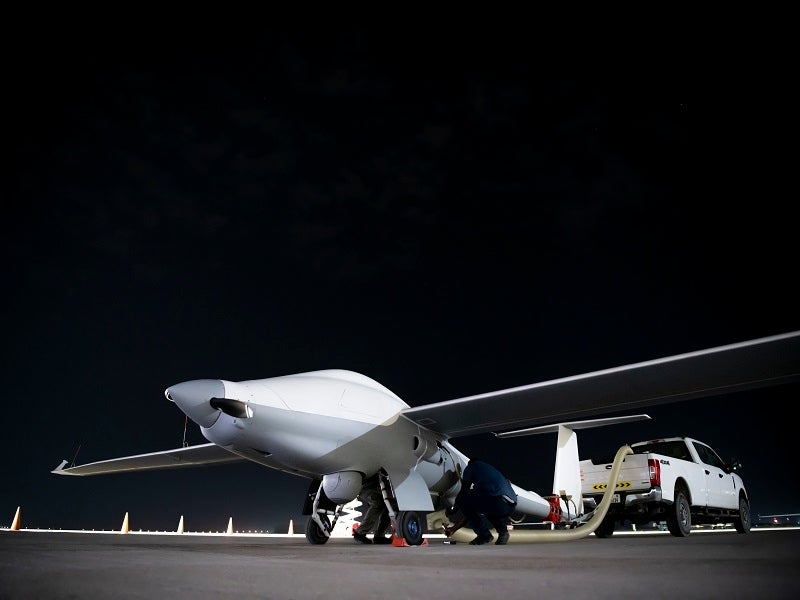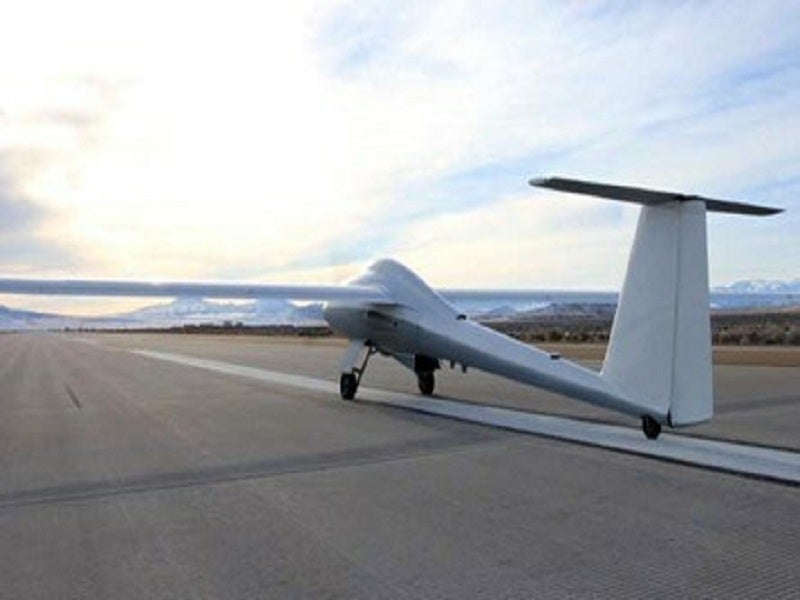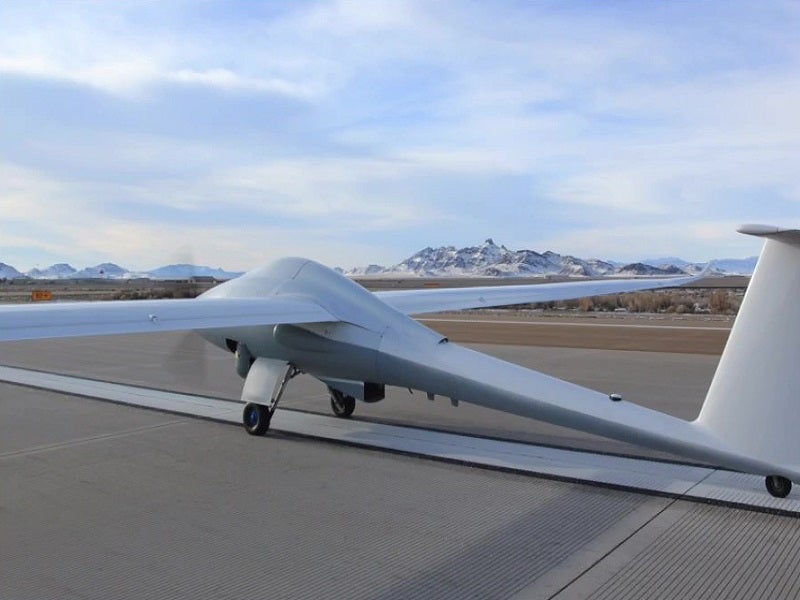The Unmanned Long-Endurance Tactical Reconnaissance Aircraft (ULTRA) is a durable unmanned aerial platform developed to provide high-quality pattern-of-life intelligence to battlefield commanders.
The aircraft is designed by the US Air Force Research Laboratory (AFRL) Center for Rapid Innovation (CRI) in collaboration with DZYNE Technologies, a US-based autonomous defence technology company.
The ULTRA system empowers the US Air Force to acquire and deploy cost-effective aircraft systems capable of operating over extensive ranges as consistent and long-term intelligence, surveillance, and reconnaissance (ISR) data is crucial for identifying low-contrast asymmetric threats in the modern battlefield.
Current platforms require large squadron sizes operating at high sortie rates from bases near areas of interest, resulting in significant operating footprints at forward operating bases (FOBs) and higher maintenance needs.
DZYNE Technologies developed a persistent aircraft based on an existing airframe to demonstrate long-endurance technologies to overcome these challenges.
The ULTRA aircraft was deployed by the US Air Force at an undisclosed location in May 2024.
Design and features of ULTRA
The ULTRA system weighs 3,000lb, has a wing span of 82ft, and a ceiling exceeding 25,000ft. It has a cruise speed of 70 knots and a dash speed of 96 knots, with a required runway length of 5,000ft.
Furthermore, the aircraft can endure for more than 80 hours while carrying a payload exceeding 400lb.
The ULTRA platform can overcome the challenges posed by long distances, which currently hinder the operational use of unmanned platforms in extensive areas such as the Pacific Ocean.
It is designed to provide enduring ISR capabilities while minimising operational limitations in regions with few basing options.
The ULTRA system adopts a cost-effective acquisition strategy by converting a formerly manned commercial sport glider into a military-grade uncrewed aerial vehicle.
Leveraging commercial off-the-shelf (COTS) uncrewed aerial vehicle technology and existing manufacturing channels helps maintain low acquisition and sustainment costs.
Unmanned Long-Endurance Tactical Reconnaissance Aircraft development
In August 2017, a $149,992 grant was awarded to identify key components and technology for the ULTRA system as part of Phase I of the US Department of Defense’s (DoD) Small Business Innovation Research (SBIR) and Small Business Technology Transfer (STTR) programme.
A $1.49m grant was awarded in August 2018 to develop key components and technology identified during the Phase I trade study and conceptual design of the Phase II SBIR SRRT programme.
The funding supported the testing of the surrogate aircraft for a mission lasting more than three days. The contract ended in August 2020.
ISR capabilities of ULTRA
The ULTRA system is designed as a reconfigurable missionised platform that offers combatant commanders an affordable, global positioning system (GPS) hardened ISR platform with ultra-long endurance, ensuring comprehensive global operational access.
ULTRA serves as an ISR vehicle that can be equipped with a range of electro-optical / infrared (EO/IR), radiofrequency (RF), and other cost-effective intelligence-gathering payloads and sensors.
Operating at lower altitudes enables the aircraft to be installed with lower-cost EO/IR and RF sensors, eliminating the need for large optics or high-power RF to maintain effectiveness.
In addition, the ISR sensors have significant long endurance, enabling them to maintain continuous coverage of areas of interest using fewer aircraft.
Command and control system
The ULTRA system features a command-and-control system designed for ease of use, allowing operators to perform point-and-click operations effortlessly.
Satellite-based links provide the aircraft with global operational capabilities to deliver real-time ISR data feeds to operators.






